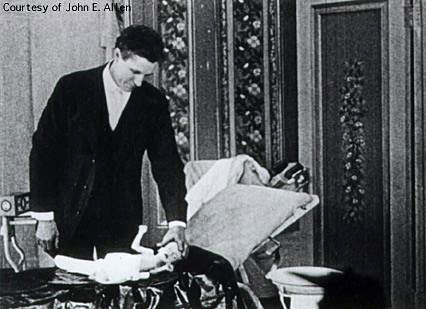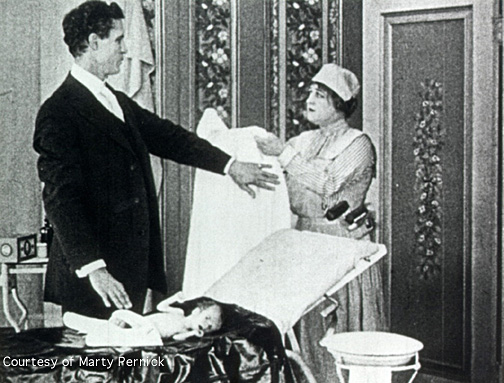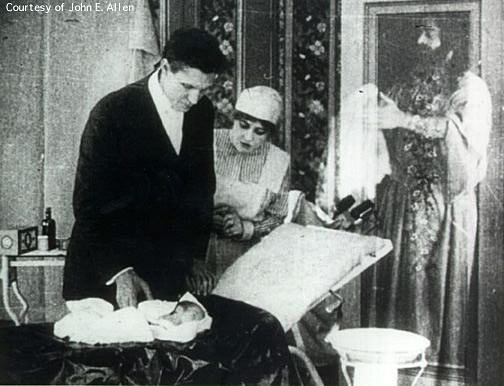Eugenics on the Screen
The Black Stork, a movie also known as Are You Fit To Marry, premiered in 1917. It emphasized personal responsibility for the purity of one’s offspring. Characters were rewarded for denying themselves love on the grounds that their offspring could be defective. Characters who did not were punished.
Dr. Haiselden, who played the doctor, sparked controversy in real life for committing infanticide in his hospital in Chicago with the mother’s consent. This case closely mirrored that of the movie, cementing Haiselden’s celebrity at the time.
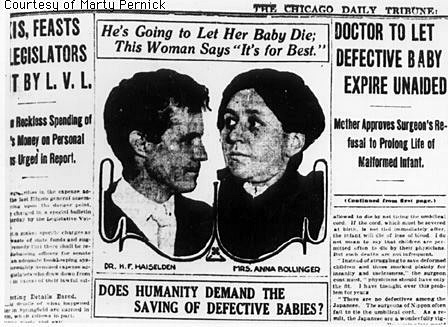
"Headline 1" MeetMythAmerica
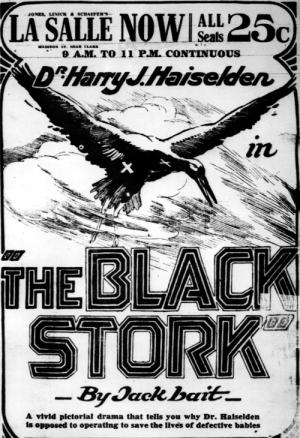
"Movie Poster" Meet MythAmerica
Eugenics on the Page
1877
The Jukes
“In 1874, Richard Dugdale... documented the lineages of no fewer than forty-two families heavily comprised of criminals, beggars, vagrants and paupers. He claimed that one group of 709 individuals were all descendents of a single pauper woman, known as Margaret and crowned 'mother of criminals.' Dugdale collectively dubbed these forty-two troubled families 'the Jukes.' ...[H]is 1877 book, The Jukes: a Study in Crime, Pauperism, Disease, and Heredity, calculated the escalating annual cost to society for welfare, imprisonment, and other social services for each family...” (Black, 24).
1888
The Tribe of Ishmael
"McCulloch’s nationally renowned 1888 'Tribe of Ishmael: A Study in Social Degradation' concluded that heredity and environment were responsible for social dependence" (Poletika).
The study laid the foundation for Indiana’s own forced sterilization law, despite the fact McCulloch renounced the claims made in the study before his death.
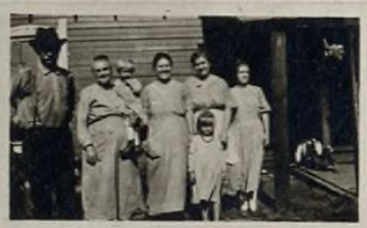
"Ishmael Tribe" Indiana History Blog
1912
The Kallikaks
Goddard discovered a stock of paupers and ne’er-do-wells in the pine barrens of New Jersey and traced their ancestry back to the illicit union of an upstanding man with a supposedly feeble-minded tavern wench. The same man later married a worthy Quakeress and started another line composed wholly of upstanding citizens. Since the progenitor had fathered both a good and a bad line, Goddard combined the Greek words for beauty (kallos) and bad (kakos), and awarded him the pseudonym Martin Kallikak. Goddard’s Kallikak family functioned as a primal myth of the eugenics movement for several decades..." (Gould, 198).
